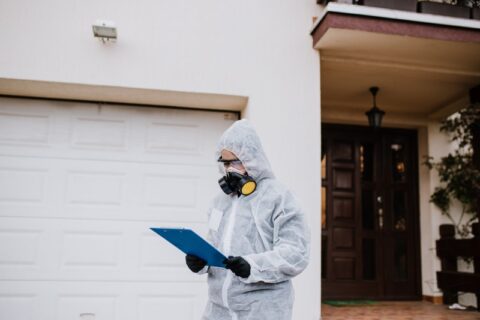The Lifespan of the Termite (Part II)
In the previous segment of this two-part blog series, we began our discussion of the lifespan of the termite. After establishing a new colony, each termite has specific roles to help the colony thrive.
- Termite King – The king’s role is to fertilize the queen’s eggs. He remains in the interior of the colony his entire life. Should the queen outlive the king, she will choose another king to take over this role.
- Termite Queen – The queen’s abdomen grows significantly large, with some getting as big as five or six inches! Some queens can live as long as 30 years. In the event the queen dies before the king, it not uncommon for several swarmers to assume the reproductive role until a new queen is selected.
- Nymphs – Nymphs are the newly hatched eggs and do not yet have a role. They will go through several molting cycles before becoming a worker, soldier, or swarmer.
- Workers – Workers are responsible for the day-to-day operations of the colony, from feeding and grooming the queen, king, soldiers, and swarmers, to caring for the eggs and nymphs. The workers also build tunnels and mud tubes and are responsible for the damage caused to homes.
- Soldiers – The only role of soldier termites is to defend the colony from predators, like ants, and to protect the king and queen.
- Swarmers – A small percentage of nymphs will become swarmers, with the responsibility of going out and starting their own colonies, as well as helping to support the reproductive needs of the original colony.
While reproductive termites tend to live much longer, most workers and soldiers only have an average lifespan of one to two years.
As the colony expands, there can as many as a million termites in a single colony. Further, new colonies are often established near the original colony. As a result, it is not uncommon to find up to twenty or more colonies within one square acre, all capable of supporting up to a million termites!
With such large numbers of termites in a relatively small area, termites can quickly become a problem for homeowners. Protecting your home against termite damage is easy. Simply call MightyMite Termite Services at 408-377-3761 to request a free home pest inspection and learn more about our preventative services.









